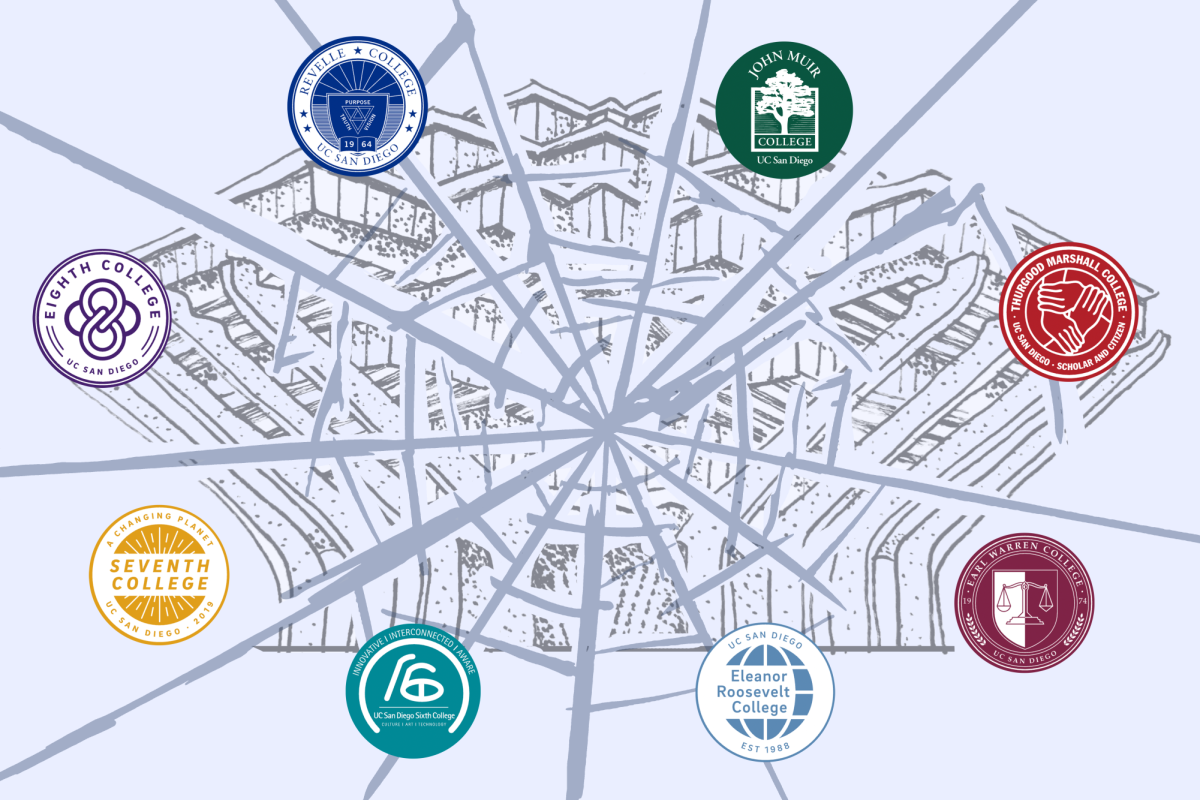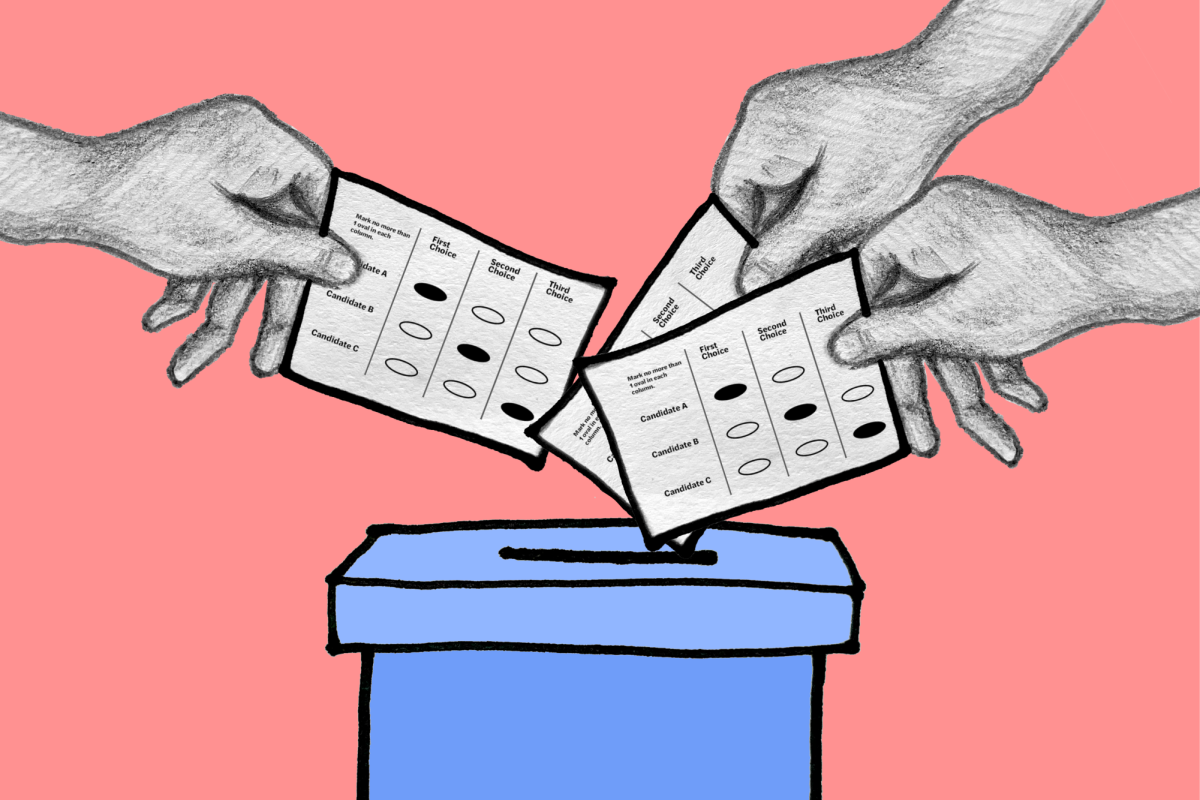This past March, UC San Diego medical students received some of the most important news of their lives: their residency match results. This determines their field of specialty and where they will work for at least the next four years. Medical schools love to boast about their students’ success stories — which are surely empowering to aspiring physicians — but this disproportionate representation of success overshadows a growing problem: Some medical students around the country are not receiving a match due to insufficient funding for residency programs. Their struggles show that the matching process needs to be reformed to accommodate the increasing number of graduating medical students.
Becoming a practicing physician in the United States is a long and arduous process. The traditional path starts with students completing the pre-medicine track in their four-year undergraduate programs. Afterward, they usually take one to three gap years. The next step is to spend four — sometimes five — years in medical school, then match in a residency program, where medical students finally begin working in their desired specialty.
However, placement in a residency program is not guaranteed. Medical students are matched through the National Resident Matching Program, an algorithm that matches applicant preferences with program rankings. While the NRMP is designed to create a fair system, it has increasingly left many medical school graduates facing an uncertain future.
The NRMP works like this: After the initial application process, students interview with various hospitals and then list their top programs. Programs rank applicants based on their interviews, test scores, letters of recommendation, and other accomplishments. The algorithm then matches the applicant to programs based on their preferences. While the NMRP seems fair on the surface, it actually creates more obstacles and makes the path to residency even more difficult than it already is.
As Dr. Dallin Busby, a urologist and writer for the American Urological Association explains, “This is a classic prisoner’s dilemma—all individuals face incentives to behave in a way that creates a suboptimal outcome for the collective.” With more applicants and not enough spots to accommodate all of them, reviewers will have a difficult time identifying applicants with genuine intentions. This potentially causes them to rank highly qualified applicants much lower because they may be matched to a more competitive program. This creates a scenario wherein more applicants risk going unmatched as more people apply, simply due to ranking based on chances of acceptance rather than qualification.
This situation is further exacerbated by the looming national doctor shortage, particularly in primary care, psychiatry, and rural medicine. We have qualified doctors ready to serve, but the current system prevents them from doing so. Several factors contribute to this mismatch. Funding for residency programs, which often comes from a combination of federal and state sources, has not expanded sufficiently to accommodate the increasing number of medical school graduates. In addition, hospitals that provide residency training face financial constraints that limit their ability to create new positions.
Furthermore, the high concentration of residency programs in urban regions leaves rural areas underserved. According to a 2023 study by the National Institutes of Health, “Physicians who spend at least half of their residency training in rural and underserved areas have odds five times higher to practice in those areas after residency compared with those who trained elsewhere.” This statistic suggests that more programs should be offered in rural areas so that these populations have equitable access to medical care. This change would benefit both sides, allowing qualified people to make a meaningful impact in their communities.
A significant increase in federal funding for graduate medical education is essential for creating more residency positions. Policies that promote the establishment of new residency programs in underserved rural areas will ensure that these communities have access to quality healthcare.
For students, beyond the immediate disappointment of not receiving a match, there is a profound sense of hopelessness. Students’ dedication to financially burdensome and rigorous training seems to go to waste without a match, which poses a large financial burden, adding stress and anxiety for now-jobless medical students with no way to pay off their student loans.
Students’ long-term investment in medical education is driven by their expectation to eventually practice as a doctor in their preferred field. The student debt they accrue can often only be paid off by successfully becoming a practicing physician. A 2018 study by the NIH showed that 44% of residency applicants accrued at least $200,000 in educational debt.
The current matching program is not inherently bad, but it creates an unnecessary burden on both patients and future providers that make change necessary. Especially considering the aging population and the rise of mental health issues, demands for specialties such as psychiatry and primary care will only grow.
Increased funding, especially toward programs in rural areas and high-demand specialties, will better equip the nation’s healthcare system to meet the pressing needs of its population, while still allowing graduates to reap the rewards of their hard work.







